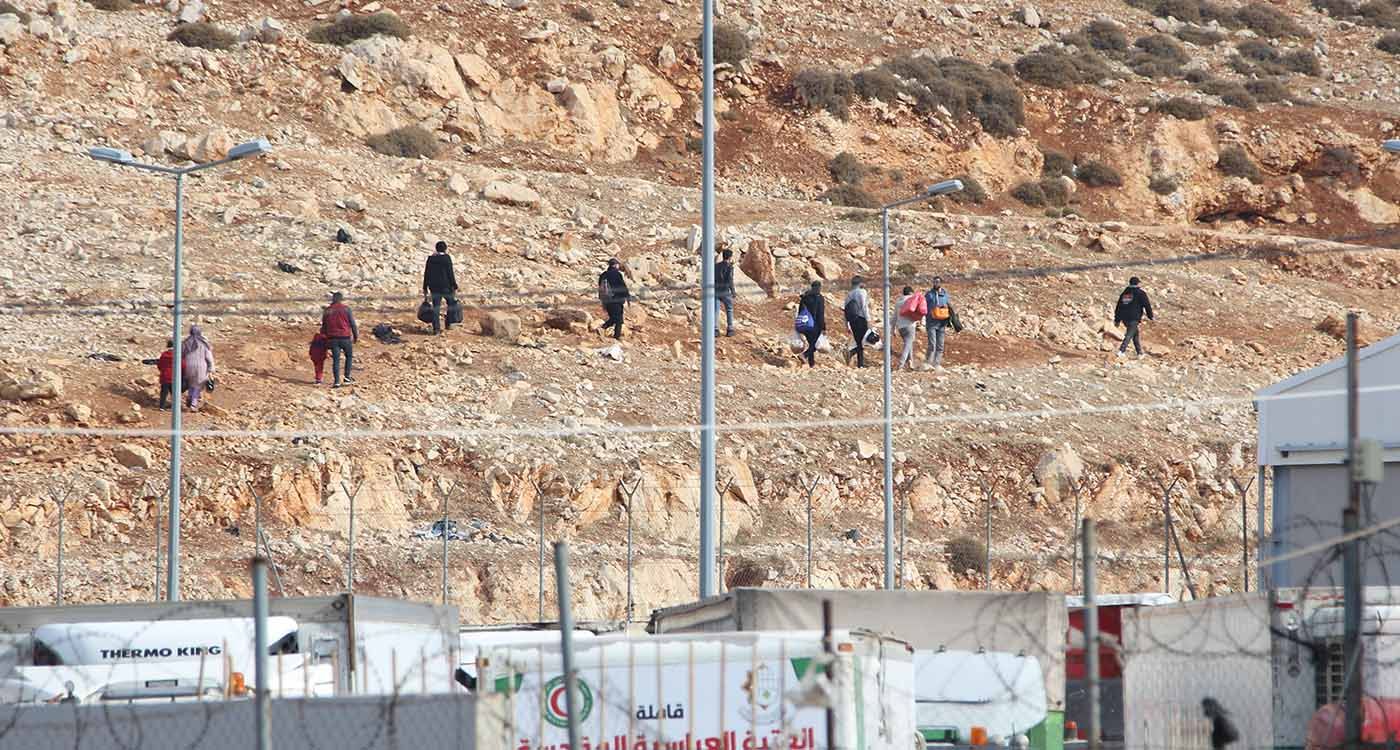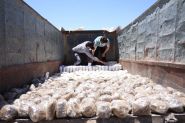
With the fall of Bashar al-Assad, the justification long used by the international community – particularly the UN Refugee Agency (UNHCR) – for maintaining the Syrian presence in Lebanon no longer holds. The agency had argued that “political refugees” would face serious danger if they returned and that coordinating their repatriation with the Assad regime was too difficult.
The former president is out of power. The war is over. The risks once cited by stakeholders no longer apply, and the UNHCR’s long-standing classification of Syrians as “political refugees” is now outdated given the current circumstances. Yet more than two million Syrians – an estimate in the absence of official figures – have yet to return home. Their numbers continue to rise, particularly after the security incidents last March along the Syrian coast, where clashes broke out between the country’s new armed forces and local civilians, mostly Alawites. What is the scale of these recent migration flows? How are local and international authorities responding? And how long will this crisis persist?
Context and Alarming Figures
On December 8, 2024, the world witnessed the collapse of a system that had been in place in Syria since 1970. For Damascus, a chapter has closed. For Lebanon, that chapter remains open, as the issue of Syrian presence on Lebanese soil endures. For nearly a month, the country has again faced a troubling surge in the arrival of displaced Syrians, primarily from Syria’s coastal regions. This migration flow has intensified due to targeted violence against Alawites and a growing sense of insecurity, particularly after the fall of Assad’s regime. Trapped by sectarian tensions and power struggles, thousands of Syrians have turned to Lebanon, a country already burdened by one of the world’s largest migration crises.
This is evidenced by data provided by the Lebanese authorities as well as the UNHCR, which show that 20,496 new displaced persons arrived in Akkar in just a few weeks, since the beginning of March. As of April 1, within just 24 hours, approximately 5,000 Syrians crossed the border, fleeing violence.
According to the latest report from the UNHCR, 27 distinct localities in North Lebanon, particularly in 24 border villages of Akkar, have received displaced persons fleeing – through illegal crossings – the hostilities that erupted in the Syrian governorates of Tartus, Latakia, Homs and Hama. Official figures from the disaster risk management unit report 8,092 people in Massoudiyeh, 2,118 in Hekr al-Dahri, 1,573 in al-Haissa, 1,549 in Tall Hmayra and 1,522 in Tall Bireh. These are followed by the villages of Abboudiyeh (1,393), Dahr al-Qanbar (870), Rihaniyeh (611), Semakiyeh (582), Tall Aabas al-Sharqi (493), al-Haoushab (376), Ain al-Zeit (342), Rmah (228), Daghleh (169), Haytla (144), Berbara (97), al-Bireh (74), Aandqet (62), Sheikhlar (51), Uweinat (43), Arida (37), Chadra (17), Kobeiyat (16), Bkarzla (14), Sheikh Mohammad (12), Menjez (6) and Halba (5).
Furthermore, according to a census conducted by the Lebanese Red Cross, as of March 20, 2025, of the 1,760 families (7,529 people) in the North governorate, 1,567 are Syrian and 193 are Lebanese.
Lebanon’s Struggle Between Facts and Laws
While the former government could “justify” its inability to manage the issue by citing “international pressure” and “humanitarian reasons,” the new cabinet can no longer rely on this excuse.
If it positions itself as the guarantor of the law, the laws are clear. It is simply a matter of enforcing them and ending violations of legal provisions. According to the memorandum of understanding established in 2003 between General Security and the UNHCR, Lebanon is a transit country, not a country of permanent asylum. Furthermore, the UNHCR must work to resettle refugees in third countries within six months, a period that can be extended only once, and under exceptional circumstances.
While professing opposition to all forms of corruption, is there still justification for the distribution of international aid meant for Syrian displaced persons within Lebanese territory? It is important to note that, in a previous interview with This is Beirut, a senior official from the European Union made the following statement: “It is true that Lebanon’s needs surpass the assistance provided, but do not forget that the country economically benefits from the presence of the displaced, as the contributions (in foreign currency) we provide to Syrians remain within its borders.”
Although the government expresses a desire to restore Lebanon’s economic situation, observers believe that addressing the consequences of these migration pressures is essential. These displacements not only affect the demographic balance but also escalate social and economic tensions, weaken public infrastructure, and overload an already saturated labor market.
Today, more than ever, the issue of repatriation has become a national imperative that the new government must confront, sooner rather than later, and before it’s too late.





Comments